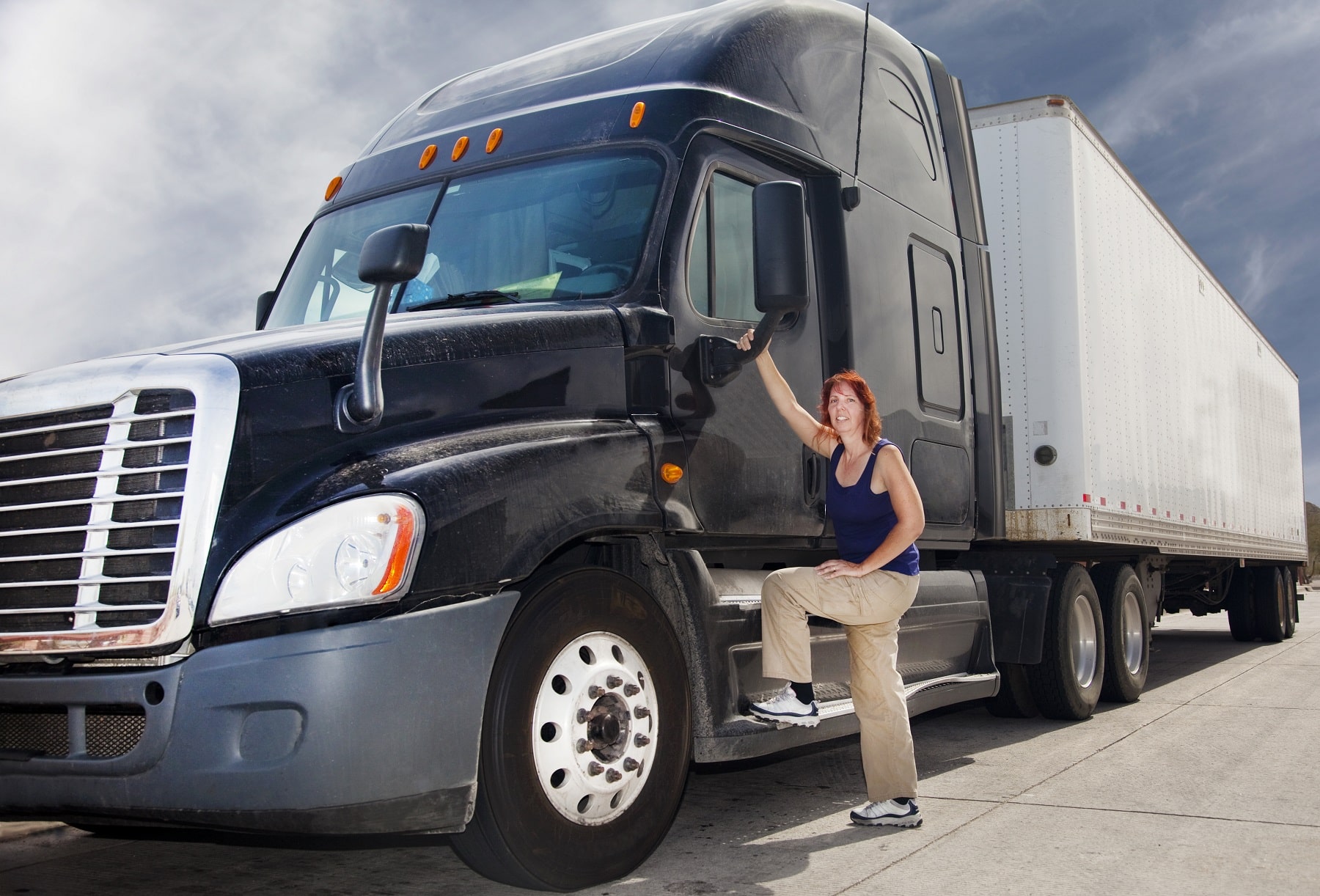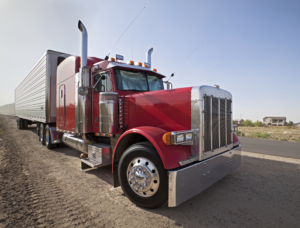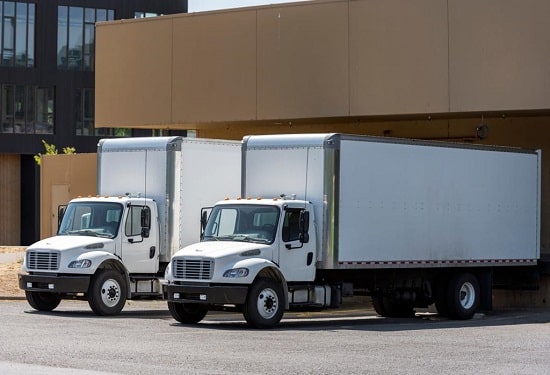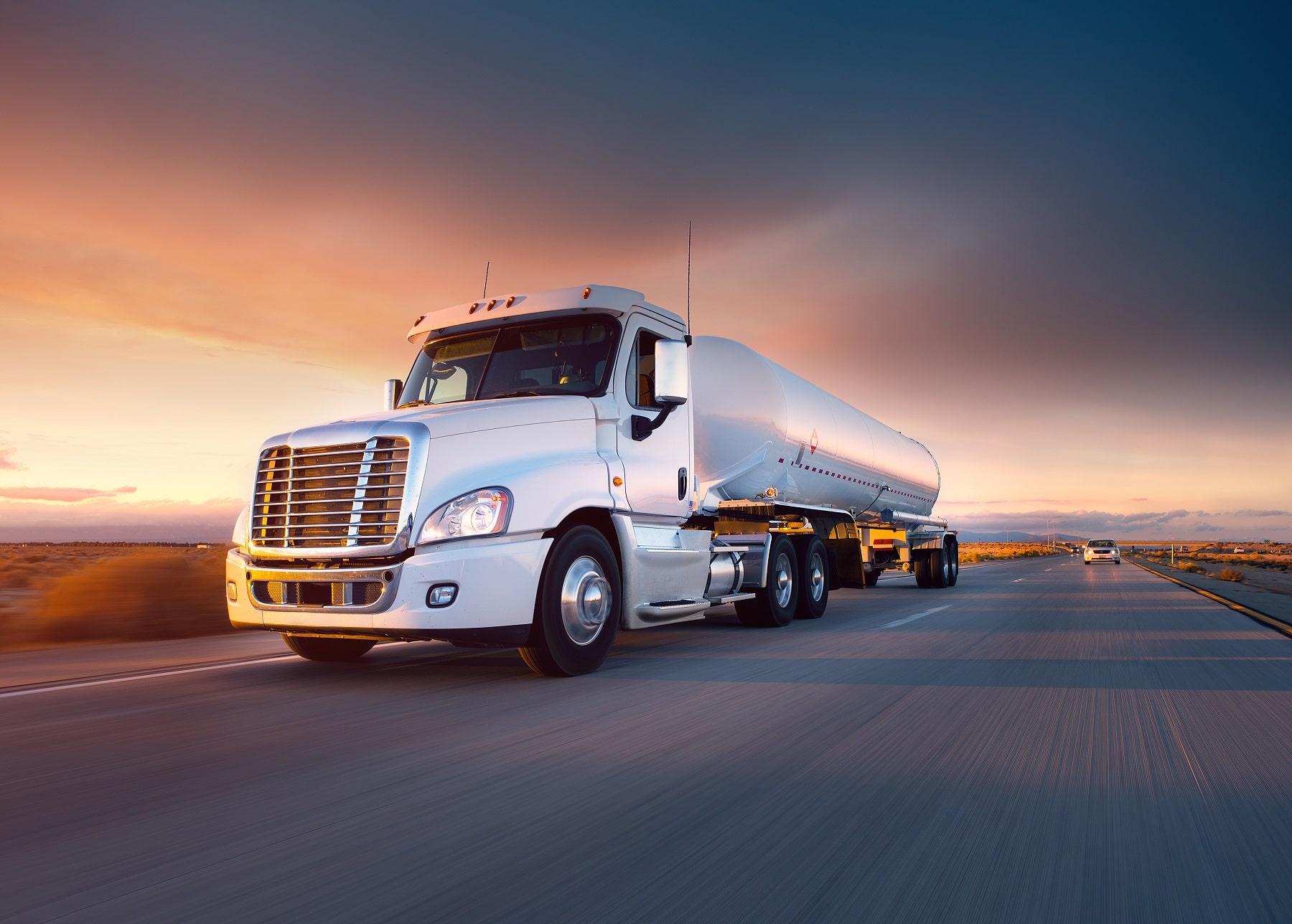
In order to drive certain types of large commercial vehicles in the United States, the driver must hold a Commercial Drivers License (CDL). Depending on the type of vehicle that you are looking to operate and what you intend to haul, you will either need to obtain a Class A or Class B CDL.
A Class A CDL is considered the most universal commercial driver’s license because it will allow you to drive (almost) any Class A, Class B, or Class C commercial vehicle.
With a
Class A CDL , drivers can operate vehicles with a gross combination weight rating of 26,001 pounds or more, with a towing capacity of 10,000 pounds or more.
In order to operate Class C and some Class B vehicles, written tests and additional road skill tests will need to be completed. With the proper endorsements, a Class B CDL is the highest classification needed in order to operate a passenger bus, school bus, and HazMat truck.

With a Class B CDL, drivers can operate vehicles with a gross weight rating of 26,001 pounds or more, with a towing capacity of no more than 10,000 pounds.
With a Class C CDL, drivers can operate vehicles designed to haul hazardous material, or 16 or more occupants.


